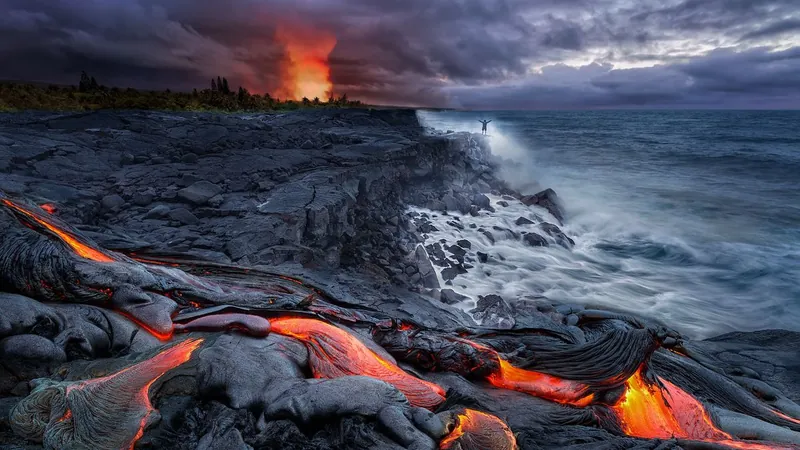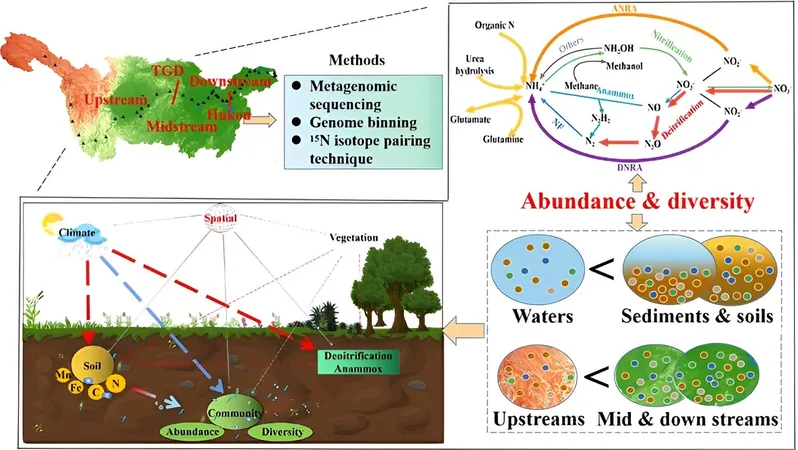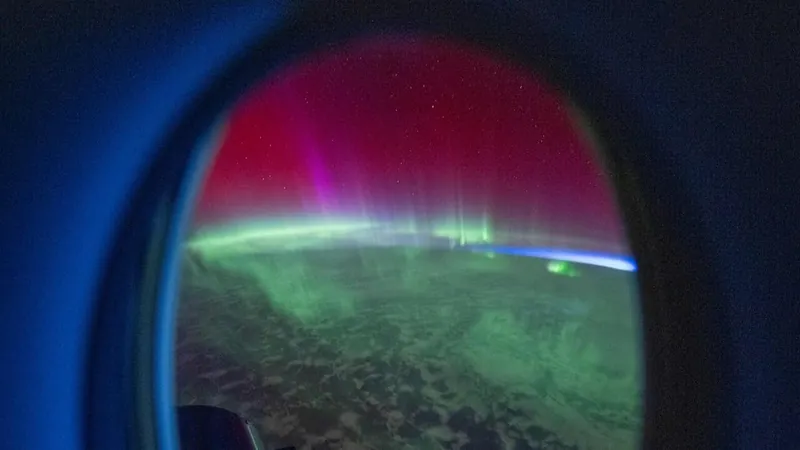
Shocking New Findings Reveal Earth's Mantle Might Be Simpler Than We Ever Imagined!
2024-10-09
Author: Nur
Introduction
A groundbreaking study has unveiled that the mysterious "blobs" in Earth's mantle, often thought to be traces of distinct rock compositions, may actually just be variations in temperature of a more uniform rocky composition. This revelation promises to reshape our understanding of volcanic activity and the very structure of our planet!
Research Findings
Researchers at the University of British Columbia have conducted extensive investigations into hotspot lavas—such as those found in Hawaii, Samoa, and Iceland—which originate from deep mantle plumes. Traditionally, scientists believed that the differences in trace elements within these lavas indicated a patchwork of unique reservoirs in the mantle. However, Matthis Smit and his colleagues propose that the deep mantle behaves more like a well-blended smoothie rather than a chaotic stew of disparate rock types.
The Analogy of Soups
In a striking analogy, Smit argued, “We are dealing with a mix that might share the same foundational ingredients. Picture a hundred soups; are they made from a hundred different stock cubes, or do they all stem from a singular flavor?” This analysis came after extensive modeling that suggests efficient mixing occurs within the mantle, implying that all magmas start from a similar base and diverge only as they ascend through various layers of the Earth, notably the upper mantle and crust.
Elemental Analysis
The researchers meticulously evaluated the concentrations of nickel, niobium, and chromium in hotspot lavas. Their findings showed consistent trends across these elements, indicating that the variations in lava compositions stem not from different mantle sources but from the rocks they encounter on their ascent. “All hotspot lavas point to the same starting composition,” emphasized Smit.
Debate in the Scientific Community
However, debate continues among scientists regarding the composition of the deep mantle itself, particularly concerning the enigmatic large low-shear velocity provinces (LLVPs) located near the core-mantle boundary. While some speculate these regions could represent ancient space debris or remnants of Earth's primordial crust, Smit's study suggests that these structures may not be the enigmatic relics of the past but instead share a composition with the rest of the mantle, differing only in their thermal characteristics.
Conclusion
This latest research not only delivers a more simplified view of the Earth's internal workings but also alleviates the need for convoluted theories regarding unmixed areas within the mantle. “We are liberated from the notion that unmixed pockets have remained intact since the formation of Earth,” Smit stated.
Implications of the Study
The implications of this study could significantly enhance our understanding of how the mantle and crust interact, influencing theories on plate tectonics and volcanic activity worldwide. As scientists continue to unravel the mysteries of our planet, one thing becomes clear: The depths of Earth may harbor more secrets that are waiting to be discovered!


 Brasil (PT)
Brasil (PT)
 Canada (EN)
Canada (EN)
 Chile (ES)
Chile (ES)
 España (ES)
España (ES)
 France (FR)
France (FR)
 Hong Kong (EN)
Hong Kong (EN)
 Italia (IT)
Italia (IT)
 日本 (JA)
日本 (JA)
 Magyarország (HU)
Magyarország (HU)
 Norge (NO)
Norge (NO)
 Polska (PL)
Polska (PL)
 Schweiz (DE)
Schweiz (DE)
 Singapore (EN)
Singapore (EN)
 Sverige (SV)
Sverige (SV)
 Suomi (FI)
Suomi (FI)
 Türkiye (TR)
Türkiye (TR)